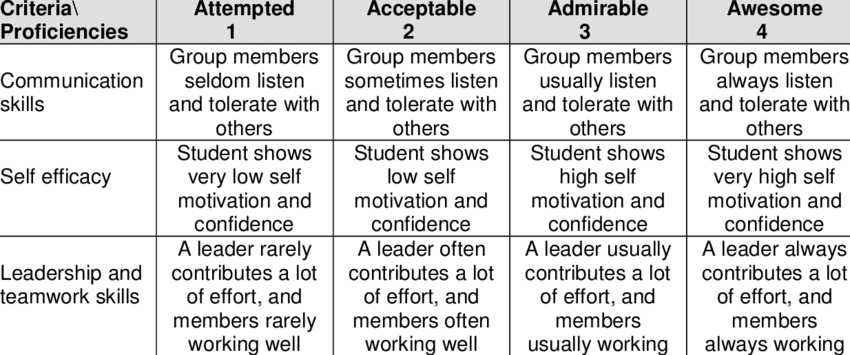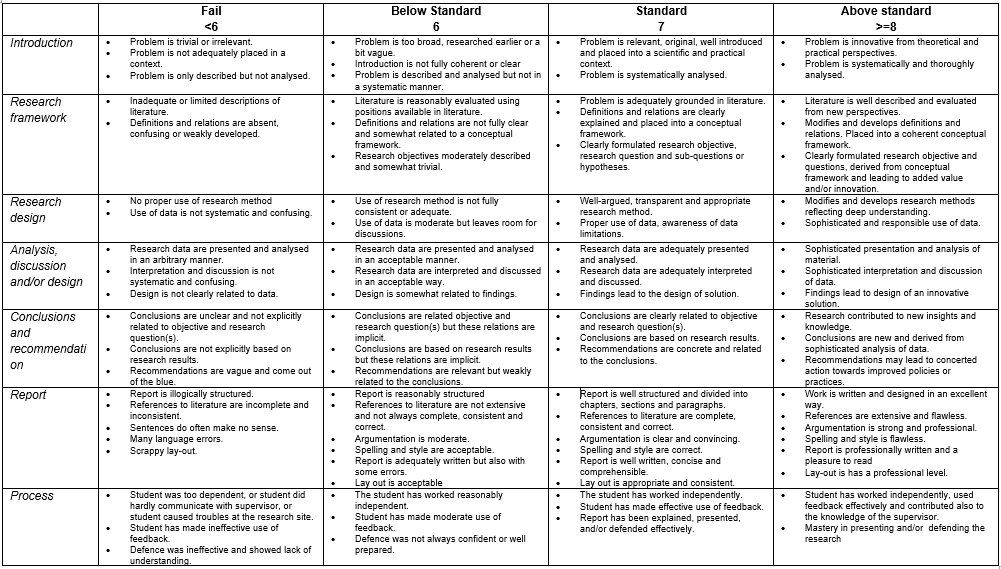Formative and Comprehensive Assessment
For further assistance, you can always contact Educational Support and Innovation.
Formative Assessment
Formative assessment aims to improve student learning by dividing learning up in smaller steps and giving constructive feedback on each. Rather than summative assessment, which asks students at the end of a course to show they have met desired learning outcomes, formative assessment is meant to move the learning process along. Formative assessment is also known as assessment for learning, whereas summative assessment is known as assessment of learning.
Many instructors already use formative assessment methods in their courses. Right now, focusing (even more) on the process of learning rather than on a final summative exam might be something to consider.
The following table lays out the main differences between the two assessment methods:
| Assessment of Learning (summative) | Assessment for Learning (formative) | |
|---|---|---|
| Purpose | Final judgement | Improve learning |
| To inform | Students and teachers about passing the course | Students and teachers about the students' learning |
| Focus | If student have met learning outcomes | Where students are on the way to meeting the learning outcomes |
| Place in time | After learning | During learning |
| Teacher's role | Administer, interpret results, develop tests/assignments, assign grades | Develop tests/assignments, provide constructive feedback, inform and involve students |
| Student's role | Meet standard | Use results to improve learning, set goals |
Comprehensive Assessment
A comprehensive assessment structure looks at the whole of a student’s work done in class. Students submit smaller, lower-stakes assignments throughout the course on which they receive formative feedback. Usually, comprehensive assessment builds up incrementally during the course, with earlier work weighing less toward the final grade than work submitted later. This gives students the opportunity to incorporate the feedback they receive and rewards the improvement they make.
Examples of comprehensive assessment methods are portfolios, staggered research essays, and larger individual or group projects. You can use different rubrics for each segment of the larger product or use the same one so students see how they are improving over time. You can also decide to use analytical rubrics (which score criteria separately) for partial assignments and a comprehensive one (which scores the whole of the learning outcomes) for the final product. See below for more info and examples of comprehensive rubrics.
Any form of comprehensive assessment should cover the learning outcomes of the course proportionally, and give students enough opportunity to show they have met the desired outcomes.
Examples
You could think of:
- Group assignments, such as a collaborative paper or presentations (via Blackboard Collaborate)
- Contribution to discussion boards, where students can demonstrate their critical skills
- Video assignments, where students can show something they have learned
- Asking students to deliver ever richer versions of essays during a course, where they make a next version based on feedback received
Assessment Across Courses
Another alternative assessment method concerns several courses. Students can for instance work on a larger project that covers learning outcomes of two (or sometimes more) related courses. Since these are generally larger projects, they are ideally split up in steps, with formative feedback in between. Formats can differ, from verbal to written to multimedia. Since it concerns several courses, more instructors are involved who have to coordinate supervising and grading. Naturally, such methods cover (overlapping) learning outcomes in all courses involved.
Rubrics
Rubrics are scoring systems in which evaluation criteria are linked to learning outcomes. These criteria give concise descriptions of the various requirements of an assessment form. There are different types of rubrics, but on the whole, they are used to:
- Create consistency, especially if more than one instructor is involved in grading
- Give students clarity of the expectations of an assignment
- Save time as grading can be done more efficiently
- Increase transparency by showing students how learning goals are scored in assignments
The difference between comprehensive rubrics and analytical rubrics is that comprehensive rubrics give an overall, single assessment of one assignment form. In such rubrics complex skills and knowledge are often described by their main components. Analytical rubrics, however, show different criteria for each assignment. Students will be assessed separately for all criteria, which means that each individual performance-indicator is looked independently of the others. Below we have list the drawbacks and benefits of both.
Comprehensive Rubrics
Advantages
- Effective to score complex higher order thinking skills
- Effective to assess students’ overall performance in a course
- Suitable to assess student progress during the course
- Time efficient
Disadvantages
- Risk of more subjective assessment as instructors (and students) can interpret criteria and success differently
- Less suitable for detailed feedback or formative assessment
- Possibly less suitable for beginning instructors
- Requires more calibration between instructors if more than one is involved in assessment

Analytical Rubrics
Advantages
- Suitable for (peer) feedback and formative assessment as it contains detailed criteria
- Gives clear expectations to students
- Higher inter-rater reliability when more than one instructor is involved in assessment
Disadvantages
- Can potentially be viewed as a checklist by instructors and students
- Independent scoring of criteria can result in mismatch between the rubric’s outcome and the instructor’s overall impression
- Can potentially fail to do justice to context and complexity in which a task was done

Examples of assessment
Academic Writing (English)
| What | Assessment | Grade | |
|---|---|---|---|
|
Task 1: |
Students write proposal for topic they want to research and write on, including brief description and tentative thesis statement | Written feedback instructor | 5% |
|
Task 2: |
Students draft their own plan for their research and essay writing, including deadlines for separate parts | Students post plans on discussion board and select 5 best examples from their peers |
Pass/ Fail |
|
Task 3: |
Students follow a short online course about how to do academic research using the library catalogue and databases | Students include certificate of completion in final product |
Pass/ Fail |
|
Task 4: |
Students do research on topic of their choice, annotating at least 3 sources for their bibliography | Instructor shares examples, and assesses annotated bibliographies using an analytical rubric | 15% |
|
Task 5: |
Student write introduction to their essay with clear thesis statement | Students receive feedback from their peers who use rubric provided and discussed by instructor | n/a |
|
Task 6: |
Students write two body paragraphs, incorporating sources and using clear topic sentences | Instructors assesses introduction plus two paragraphs using analytical rubric | 15% |
|
Task 7: |
Students expand essay into complete first draft of their essay | Students receive two rounds of feedback: one by peers and one by instructors, each using same rubric | 15% |
|
Task 8: |
Student submit final draft of their essay including bibliography | Students receive final feedback from instructor using rubric | 50% |
Diagnostic and Communication Skills (Psychology)
| What | Assessment | Grade | |
|---|---|---|---|
| Task 1: Online course |
Students follow an online course about reflective writing | Students include certificate of completion in final product |
Pass/ Fail |
| Task 2: Methods |
Students read and discuss several diagnostic and communication methods used in psychological practice | Quick quiz to test knowledge of methods | 10% |
| Task 3: Role play |
Students perform 3 rounds of role play in which they alternate between psychologist, patient and evaluator, practicing with different methods. These are recorded | Students have to participate in each round of role play | n/a |
| Task 4: Reflection reports First draft (3x) |
Students watch videos and reflect in written reports, showing awareness of strengths/weaknesses and describing how they have applied methods or would apply them differently | First reflection report receives feedback from instructor, the other two from peers, using comprehensive rubric | 15% for submitting draft |
| Task 5: Reflection reports Final draft (3x) |
Students submit final reflection reports to instructors | Instructor grades reports using comprehensive rubric | 25% for each report |
| Last modified: | 18 June 2020 09.34 a.m. |
